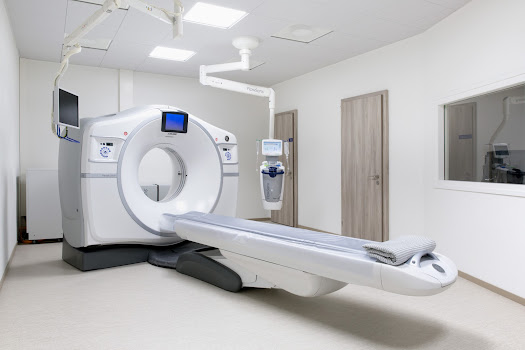In the realm of medical imaging, Computed Tomography (CT) scans are vital for a wide range of diagnostic applications. However, the cost of new CT scanners can be prohibitively expensive for many healthcare facilities, particularly smaller practices or those in economically constrained regions. This has led to a burgeoning market for used CT scan machines price, which offer a more cost-effective solution without necessarily compromising on quality and functionality. Understanding the pricing dynamics, benefits, and factors influencing the costs of used CT scan machines can help institutions make informed purchasing decisions.
The Appeal of Used CT Scan Machines
The primary allure of purchasing a used CT scanner is undoubtedly the cost. New CT machines can range from $200,000 to over $2 million depending on the complexity and capabilities of the system. In contrast, used machines often cost a fraction of this price, potentially saving a facility hundreds of thousands of dollars. This financial saving makes the option of acquiring a used scanner particularly attractive for facilities aiming to expand their diagnostic capabilities while managing budget constraints.
Factors Affecting the Price of Used CT Scanners
Age and Condition: The age of a CT scanner significantly impacts its price. Older models, while cheaper, might lack some of the advanced features found in newer units but can still meet basic clinical needs. The physical and operational condition of the machine also plays a crucial role. A well-maintained used CT scanner can offer substantial savings over new equipment with many years of effective service left.
Brand and Model: Certain brands and models are known for their durability and longevity, which can command higher prices in the used market. Machines from reputable manufacturers like GE, Philips, Siemens, and Toshiba, known for their build quality and reliability, tend to retain value better than lesser-known brands.
Technology and Capabilities: The technological specifications of a CT scanner, such as slice count, play a significant role in pricing. Higher slice machines offer faster scanning times and higher image resolution, which are desirable features that can drive up the price. Additionally, systems equipped with newer technologies that reduce radiation dose or provide advanced imaging options will also be priced higher, even if they are used.
Market Demand: The demand for certain types of CT scanners can also affect their resale price. For example, portable or compact CT scanners may be in higher demand in certain regions or for specific medical facilities, influencing their market price.
Advantages of Buying Used CT Scanners
Cost Efficiency: The most obvious benefit is cost savings, which can free up resources for other needs within a facility, such as staffing, training, or purchasing additional medical equipment.
Immediate Availability: Unlike new models that may require significant lead times for manufacturing and delivery, used CT scanners are typically available for immediate purchase and installation. This can be crucial for medical facilities needing to quickly replace a failing machine or meet increasing patient demand.
Environmental Impact: Purchasing used equipment is an environmentally-friendly choice. It extends the life of the CT scanner, which helps reduce electronic waste and the environmental impact associated with manufacturing new equipment.
Drawbacks and Considerations
Potential for Increased Maintenance: Used equipment may require more frequent maintenance and can have higher long-term operating costs. Buyers should factor in these potential expenses when considering their purchase.
Shorter Lifespan: While initial costs are lower, used CT scanners may not last as long as a new machine, potentially leading to earlier replacement needs.
Technological Obsolescence: Older models might not support the latest imaging software or may be incompatible with new technologies, limiting their utility as technology advances.
Conclusion
Purchasing a used CT scanner is an excellent way for medical facilities to expand their diagnostic capabilities without incurring the substantial costs associated with new machines. However, it's crucial for buyers to conduct thorough due diligence on the specific unit's history, condition, and technological relevance. Considering factors like age, brand, technological capabilities, and market demand will help in making an informed decision that balances cost, performance, and future needs. By carefully navigating the market, facilities can find a used CT scan machine that offers the best value for their investment, ensuring they meet their clinical requirements efficiently and effectively.

Comments
Post a Comment